“Learning is never cumulative, it is a movement of knowing which has no beginning and no end.” – Bruce Lee
If you’re running Google Ads, you must continue to learn and adapt to the competitive landscape as well as understand how Google Ads is changing.
These tips are for hands-on paid search managers, and if you apply them thoughtfully, you’ll likely improve your conversion rate and search ROI.
1. There’s a better way to adjust bids by geography.
If you haven’t yet moved on from the Google Ads Dimensions tab, then shake a leg. You should optimize for geography in Settings > Locations, not under “Geographic” in Dimensions.
There are several reasons this is better:
- You can see in which countries your ad actually appeared
- You can drill down into individual countries by state, city, airport, neighborhood, university, and city region
- You can make bid adjustments based on location (lower your bids on underperforming geos and bid more aggressively on strong performers)
This area of the dashboard is a tad tricky to find, so let this guide you:
From this view, you can make blanket bid adjustments by country or state (e.g., raise West Coast bids by 15%):
You also can see where your users actually were at the time of the impression or click. You’re thinking, “I’m targeting only the U.S., so I know where they were!” But it’s not always as simple as that. See tip #2 below.
2. Don’t let Google dupe you into broader geo-targeting than you want.
The default location options, if you dare expand the “advanced” settings, actually target “People in, searching for, or viewing pages about my target location.”
So, if you simply target the U.S. and never dive in here, your ad could show up in front of a Swiss watchmaker in Geneva reading the New York Times or a teenager in a Mexico City Internet cafe looking at NBA standings.
A stricter approach to Google Ads management would dictate choosing the 2nd option below:
If you’re running a campaign that’s strictly for the U.S., sticking with the “recommended” option above can mean paying for clicks in Bulgaria because Google “suspects” that the guy who searched for “a/b testing software” might’ve been a U.S. citizen or because he previously visited sites about the U.S.
3. If you’re in a competitive SEM space, try blocking your competitors’ IP addresses.
A lot of a/b testing ideas for ad copy come from competitor searches. (This is something I’ve personally recommended, and I’m sure I’m not the only one.) While it’s unlikely you’re getting charged for all those exploratory clicks your competitors are contributing to your campaign, you probably are being charged for some of them. In order to combat this, you can block your competitors from seeing your ads, assuming you can discover their office IP addresses.
Another good reason to make your ads invisible to competitors is to conceal strategies that have worked for you. Also, hiding your ads from competitors makes their SEM managers’ jobs trickier.
Here are several ways to find your competitors’ IP addresses:
- Find an email from the company. You can dig up the IP address easily by looking at the email header content. Here’s an article to guide you. This is the best way to ensure accuracy.
- Find the IP address corresponding to the company’s domain name(s). Here’s an article explaining how to do that. This isn’t always effective because companies can use a different IP address to browse the web than the one their site is hosted on, but for large businesses, it might help you.
- Sift through your server logs and pull out any IPs that appear repeatedly over weeks and always seem to click your Google Ads ad to get to the site. Of course, this has some room for error.
Once you have the digits you need, simply scroll down to “IP address exclusion” in Settings and drop them in:
4. Take advantage of the new “Opportunities” tab.
Many search marketers might remember a pretty lame experience in the Google Ads “Opportunities” tab, replete with overly broad keyword suggestions and prompts to increase your budget.
Those days are gone. The current experience is much smarter. If you haven’t dipped into this tab lately, you’re missing out on slick automated suggestions like these:
Not only is the design more appealing than it was, but the recommendations now consider things like ad extensions, location-specific bids, advanced settings, and more.
5. Import goals from Google Analytics – leave nothing untracked.
It used to be that if you didn’t have a clear-cut “thank you” page to house Google Ads tracking code, then that particular conversion type didn’t get tracked.
Although Google Ads started offering the ability to import conversion from Google Analytics way back in 2009, I’ve run across many clients who don’t take full advantage of the hack.
If your site uses a pop-up, lightbox, newsletter signup without a confirmation dialog, etc., you can set up event tracking as a goal and pull it into Google Ads.
It’s simple. In Google Ads, you’ll go to Tools > Conversions and arrive here:
If you click “Import from Google Analytics,” you will find all your eligible Google Analytics goals and can pull them right into Google Ads to be tracked. If you’re using a regular goal, this is straightforward. If you want to track an event, you’ll have to create a goal for it in Analytics before you can import it here.
Conclusion
With the Google Ads landscaping changing quickly and all the new features being released at a rapid-fire pace, it’s easy to get stuck in our old patterns. Sometimes it helps to hang onto good habits, treading conservatively on unproven new tools and tricks. Personally, I’m always happy to be reminded about best practices hidden away in the nooks and crannies of the Google Ads spiderweb. If you have any such tips to add, please share in the comments!
About the Author: Igor Belogolovsky is Co-founder of Clever Zebo, a team of conversion rate optimization experts based in the San Francisco Bay Area.
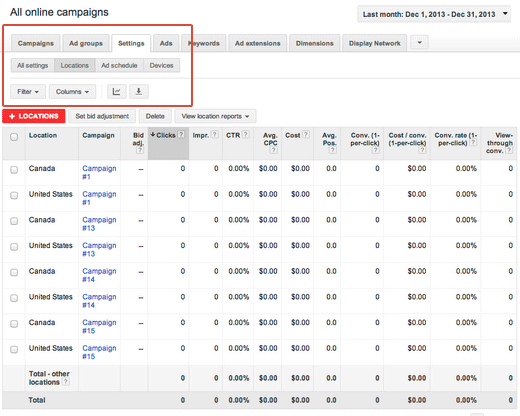
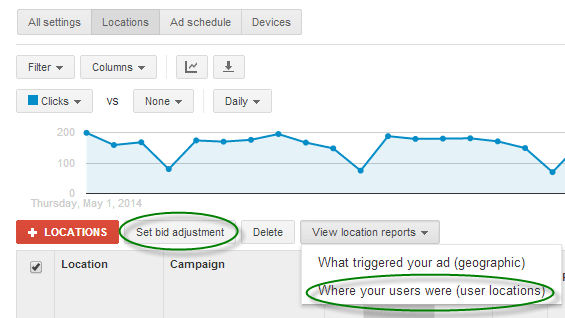
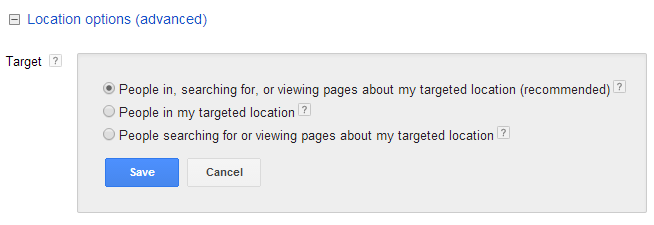
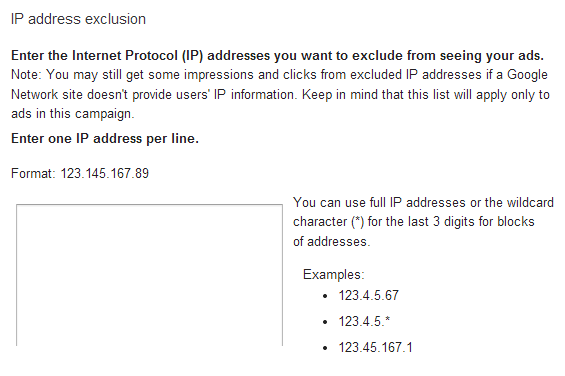
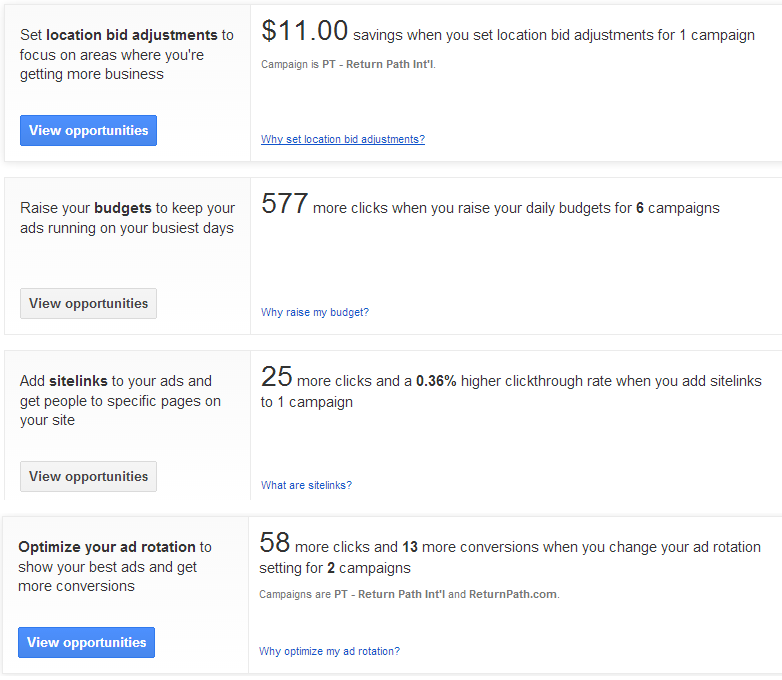

Comments (10)